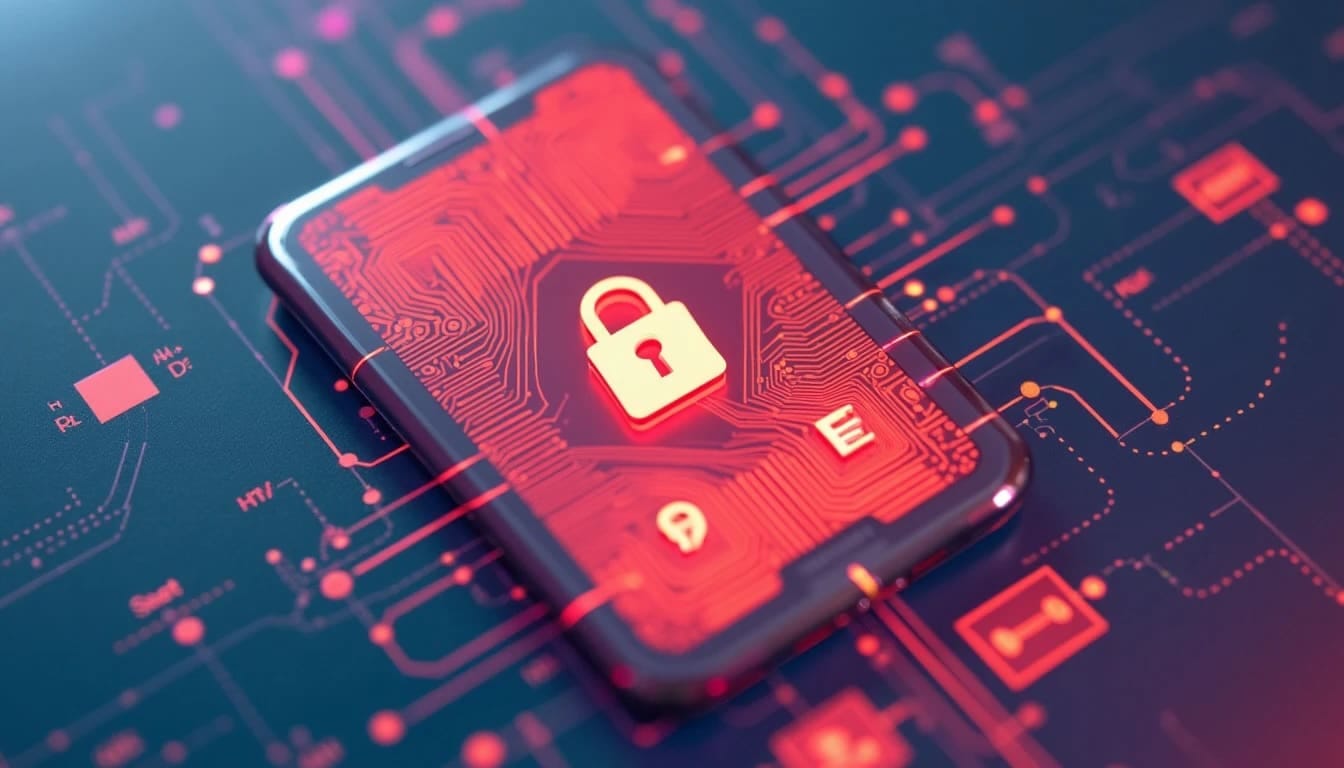Here is the translation to American English:
The RSA Algorithm (Rivest–Shamir–Adleman) is one of the cornerstones of modern cryptography. Created in 1977, it has been fundamental in protecting communications, ensuring the security of financial transactions, and safeguarding confidential data in the digital age. However, with the rise of quantum computing, its future is in question. This article explores the origins of the algorithm, its evolution, its impact, and what could happen if RSA were to be broken.
The Birth of RSA: A Solution to a Fundamental Problem
Historical Context
Before the creation of RSA, cryptography was dominated by symmetric algorithms, where the same key was used to encrypt and decrypt messages. This approach had a significant problem: the secure distribution of keys between the parties wanting to communicate.
In 1976, Whitfield Diffie and Martin Hellman published a groundbreaking paper on public-key cryptography, introducing the concept of a system where a public key could be used for encryption and a private key for decryption. This work laid the theoretical groundwork for RSA.
The Discovery in 1977
Ron Rivest, Adi Shamir, and Leonard Adleman, researchers at MIT, were inspired by Diffie-Hellman’s idea to develop the first practical public-key cryptography system. The result was RSA, named after the initials of its creators. They published their discovery in the paper “A Method for Obtaining Digital Signatures and Public-Key Cryptosystems”.
Mathematical Foundation
RSA is based on the difficulty of factoring large numbers into their prime factors, a mathematical problem that, to this day, does not have an efficient solution for classical computers. Its security depends on:
- The generation of two large prime numbers (p and q).
- The calculation of their product (n = p × q), which is used as the modulus for the operations.
- The choice of a public exponent (e) and its corresponding private key (d).
Evolution and Use of RSA
Early Adoption
In the 1980s, RSA began to be adopted in commercial and governmental systems. In 1983, the algorithm was patented in the United States, which limited its free implementation until the patent expired in 2000. During that time, RSA became the standard for many security applications.
Main Uses
- Data Encryption: RSA is used to securely encrypt messages, especially over insecure channels.
- Digital Signatures: Ensures the authenticity and integrity of messages.
- Key Distribution: Allows secure sharing of symmetric encryption keys.
Standardization
RSA became a pillar of protocols such as:
- SSL/TLS: Used to secure web connections.
- PGP (Pretty Good Privacy): For email encryption.
- IPsec and VPNs: In virtual private networks.
- SSH: For secure remote connections.
Improvements and Optimizations
Over time, improvements were introduced in the implementation of RSA to make it more efficient:
- RSA-CRT (Chinese Remainder Theorem): Reduces decryption and digital signing time.
- Key Optimization: Longer key lengths to increase security against computational advances.
Current Challenges and Limitations
1. Long Key Requirements
The security of RSA directly depends on the size of the key. In the 1980s, a 512-bit key was sufficient. However, with the increase in computational power, shorter keys became vulnerable:
- In 1999, a 512-bit RSA key was factored.
- In 2009, a 768-bit key was compromised.
- Today, keys of at least 2048 bits or more are recommended.
2. Mathematical and Technological Attacks
Although no efficient methods have been found for factoring large numbers, advances such as:
- Faster algorithms (like the Number Field Sieve).
- The growth of supercomputers. Pose long-term risks.
3. Vulnerability to Quantum Computing
The development of quantum computers represents the greatest threat to RSA. Shor’s algorithm, developed in 1994, enables efficient factoring of large numbers using qubits, which could render RSA obsolete if quantum computers reach a practical scale.
The Market and Alternatives to RSA
Post-Quantum Cryptography
To mitigate the risks of quantum computing, new algorithms that do not depend on the factorization of large numbers are being developed:
- Lattice-Based Cryptography: Based on difficult geometric problems.
- Hash-Based Signatures: Digital signatures based on hash functions.
- Code-Based Cryptography: Based on error-correcting codes.
The National Institute of Standards and Technology (NIST) in the United States is leading a process to standardize post-quantum algorithms that could replace RSA.
Market Implementation
Companies like IBM, Google, and Microsoft are working on hybrid solutions that combine RSA with post-quantum cryptography to ensure security during the transition.
What Will Happen if RSA is Broken?
The breaking of RSA would have devastating implications:
- Collapse of Digital Security: Protocols like SSL/TLS, which secure web traffic, would be left vulnerable.
- Compromise of Sensitive Data: Encrypted messages could be decrypted retroactively.
- Global Reevaluation of Cryptography: The massive adoption of post-quantum technologies would become an immediate necessity.
However, the tech community is preparing for this eventuality through research in quantum-resistant cryptography and the development of new technologies.
The Future of RSA and Cryptography
Although RSA remains a fundamental standard, its future is intrinsically linked to the progress of quantum computing. In the coming years, we are likely to see a gradual transition to more robust algorithms while RSA will continue to play a key role as a bridge technology.
Technological Perspectives
- Hybrid Transition: Systems will integrate traditional and post-quantum algorithms to ensure compatibility and security.
- Development of Quantum Hardware: Companies like IBM and Google lead advances that could accelerate the end of RSA.
Conclusion
The RSA algorithm is a milestone in the history of cryptography, a technology that has protected digital communication for over four decades. Its impact is undeniable, but the emergence of quantum computing demands a transformation in how we conceive digital security.
The future belongs to more advanced technologies, but the legacy of RSA as a pioneer in public-key cryptography will endure, inspiring new generations of scientists and technologists in the quest for more secure systems in an increasingly interconnected world.

